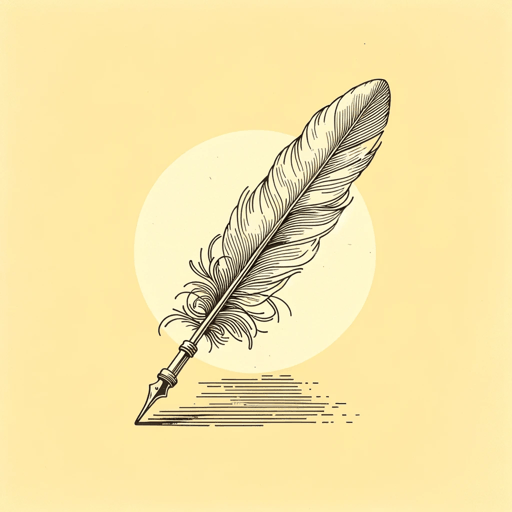27 pages • 54 minutes read
Oscar WildeThe Decay of Lying
Nonfiction | Essay / Speech | Adult | Published in 1889A modern alternative to SparkNotes and CliffsNotes, SuperSummary offers high-quality Study Guides with detailed chapter summaries and analysis of major themes, characters, and more.
Background
Literary Context: The Aestheticism Movement
The argument Oscar Wilde lays out in this essay is rooted firmly in the principles of the Aestheticism movement. This artistic and philosophical movement emerged in response to the Realism movement and utilitarianism, both of which characterized much of the thought and art during the 19th century when Wilde was writing. Aestheticism proposes that art should be dedicated to creating beauty alone, without concern for politics, morality, or any other external influences or aims. In his essay, Vivian references past and contemporary visual artists whom he feels exemplify these ideals, such as Anthony Van Dyck and Dante Gabriel Rossetti, as well as writers such as Honoré de Balzac and Thomas Carlyle.
Aestheticism embraces the notion of “l’art pour l’art (‘art for art’s sake’),” a phrase originated by Victor Cousin (“Aestheticism.” Encyclopedia Britannica, 9 Oct. 2023). It became a popular counter-ideology to Realism in the latter half of the 19th century, and Wilde became an especially recognizable proponent of the movement through his writing, including essays like “The Decay of Lying” and his only novel, The Portrait of Dorian Gray. Within the 







Related Titles
By Oscar Wilde

An Ideal Husband
Oscar Wilde

A Woman of No Importance
Oscar Wilde
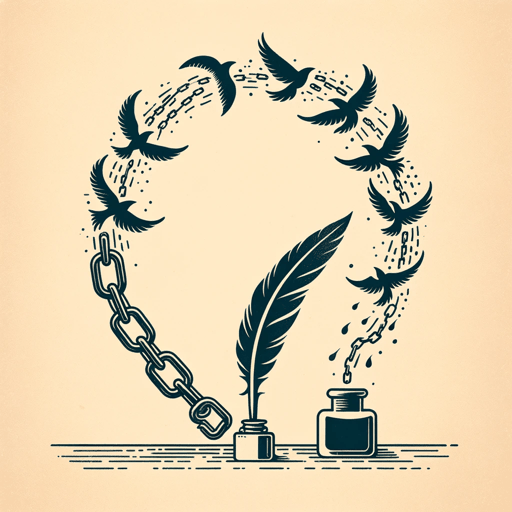
De Profundis
Oscar Wilde

Lady Windermere's Fan
Oscar Wilde
.webp&w=3840&q=75)
Lord Arthur Savile's Crime
Oscar Wilde
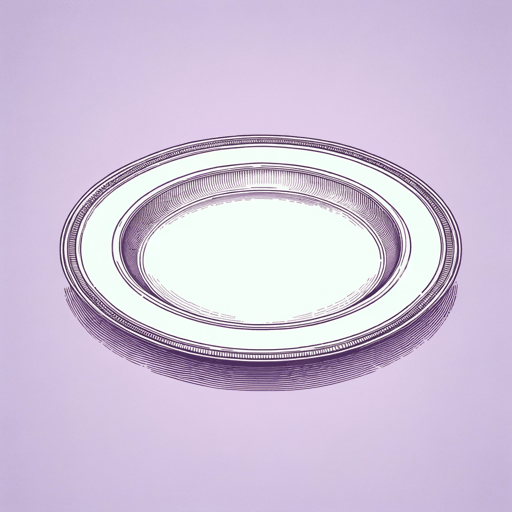
Salome
Oscar Wilde

The Ballad Of Reading Gaol
Oscar Wilde
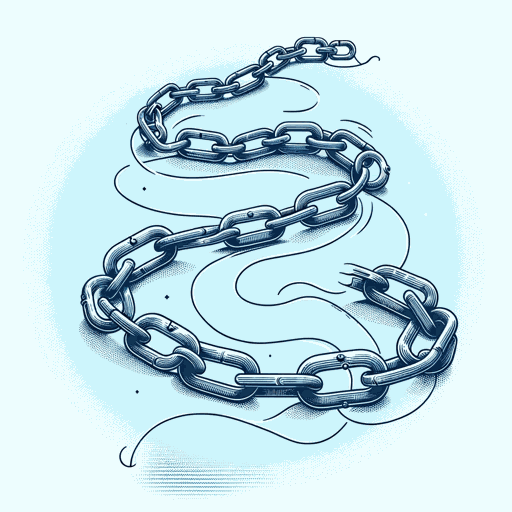
The Canterville Ghost
Oscar Wilde

The Importance of Being Earnest
Oscar Wilde

The Nightingale and the Rose
Oscar Wilde
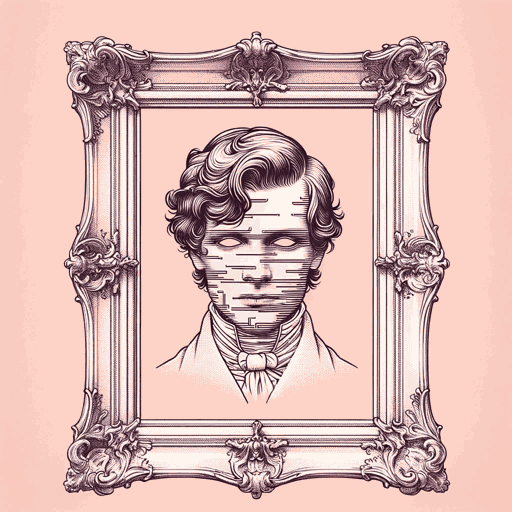
The Picture of Dorian Gray
Oscar Wilde
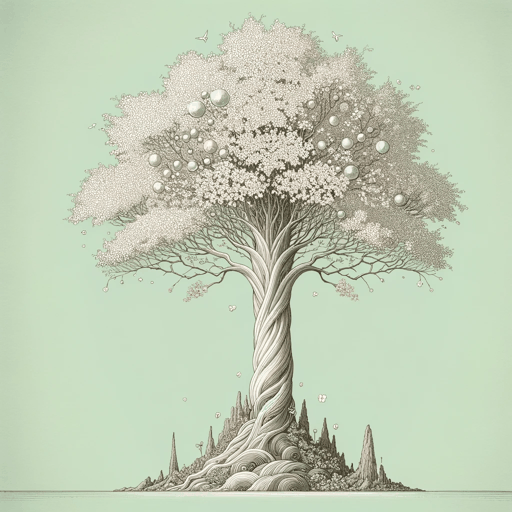
The Selfish Giant
Oscar Wilde
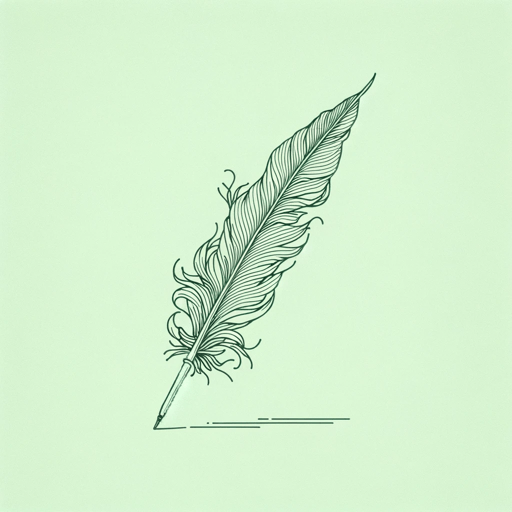
The Soul of Man Under Socialism
Oscar Wilde
